Geghard Monastery
This Armenian monastery was carved out of cliffs and named after the spear used to stab Jesus.
At the turn of the fourth century, only one nation in the world had accepted Christianity as its official religion, and it was not a country anyone would expect. Led by Gregory the Illuminator who baptized the Armenian royal family in 301, the nation plunged into religion, collecting artifacts and building spectacular monasteries along the way.
The Geghard Monastery began only as a small cave chapel, which Gregory declared held a sacred spring in the 4th century. From there, the complex grew, becoming more ornate and massive. In 1215, the main and most prominent chapel was built. Partially carved out of the rocks on all sides of it, the stone monastery melds beautifully with its surroundings and stands out among the outcroppings above.
All told, the buildings comprising the complex are a mix of elegant Armenian stonework and carved crosses juxtaposed with bare cave chapels. The mix gives the complex a feeling of antiquity, especially when combined with the relics the area once held.
Geghard is a derivative of an Armenian word meaning Monastery of the Spear. The complex was named after the spear used to wound Jesus during the Crucifixion. Allegedly, the spear was brought to Armenia after the Crucifixion and is now housed in the Echmiadzin Treasury, in the spiritual center of Armenia.
Inside the rock-cut Avazan Chapel, there is a holy spring that runs into the monastery. Visitors come to drink from the spring, lining up to fill bottles from home to take the holy water with them.
Along with the religious importance of the site, the monastery offers stunning views of the Azat River Gorge surrounding the complex.



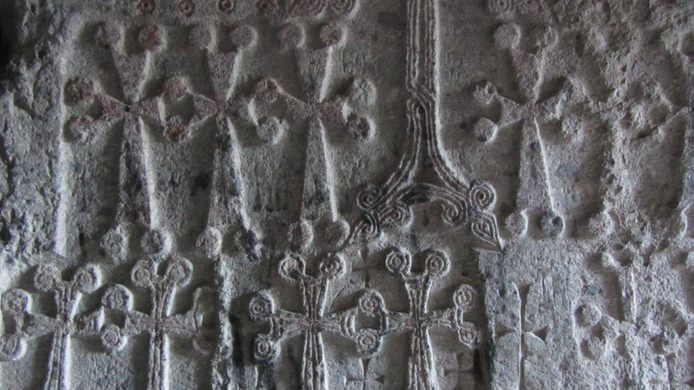


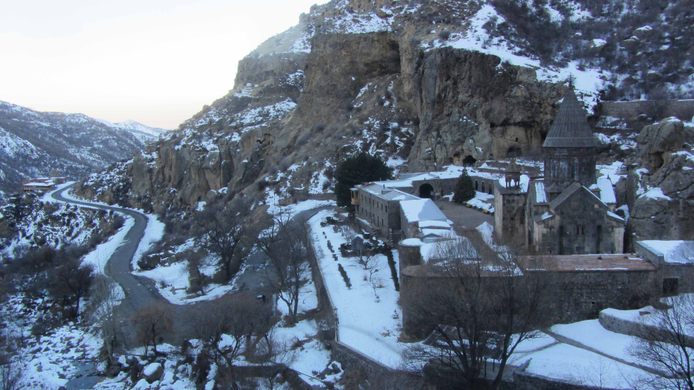























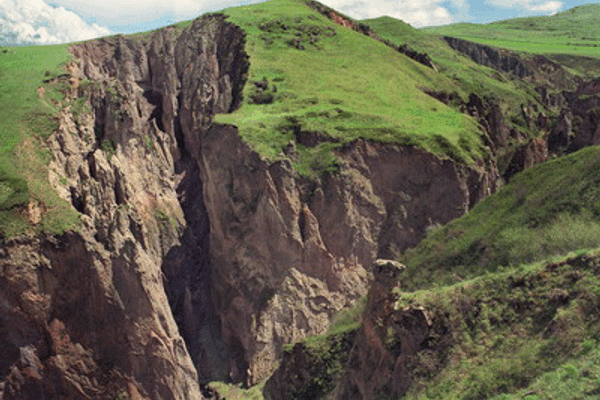


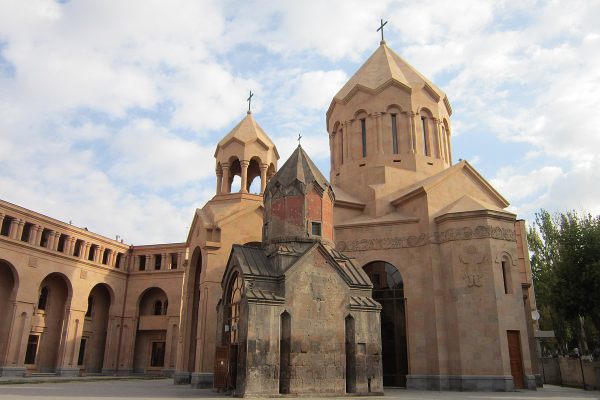
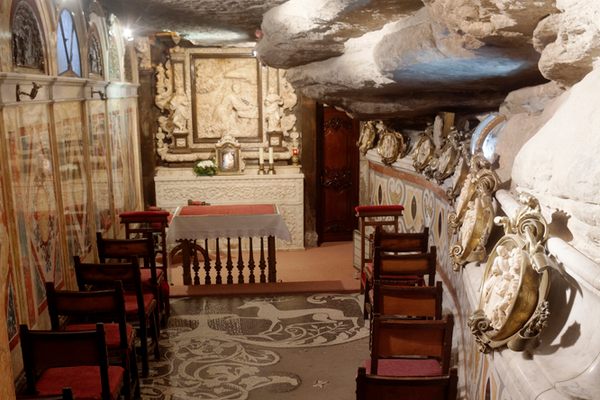

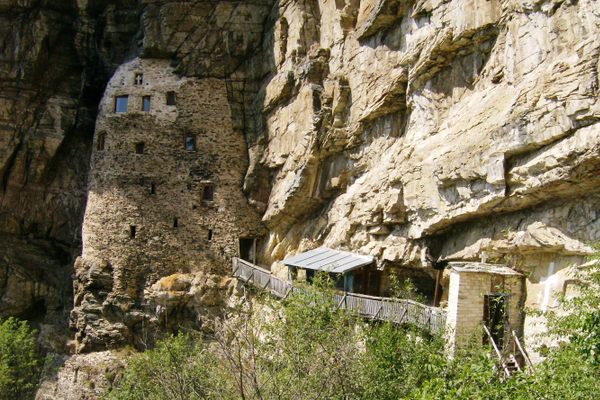


Follow us on Twitter to get the latest on the world's hidden wonders.
Like us on Facebook to get the latest on the world's hidden wonders.
Follow us on Twitter Like us on Facebook